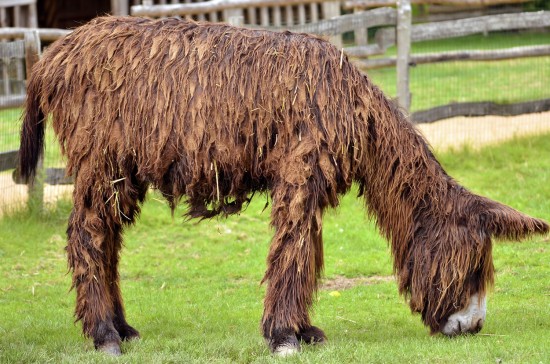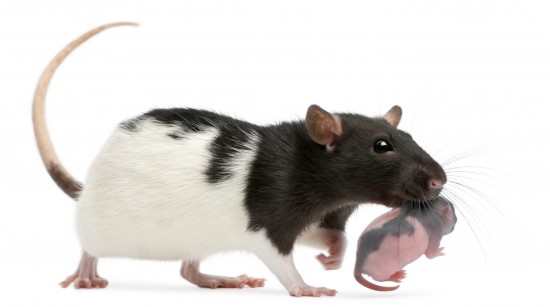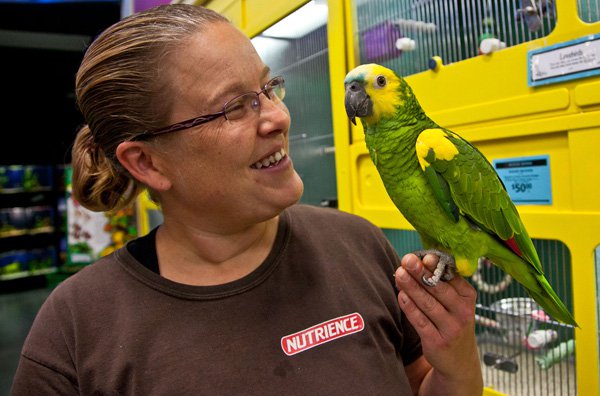
The war dogs of the United States Military played an important爎ole in the European Theater. These dogs saved countless lives by flushing out the enemies hidden in the brush.
After the attack at Pearl Harbor, in 1942, the U.S. Military joined with the American Kennel Club to establish Dogs for Defense. The American Kennel Club recruited dog owners to donate quality canines to the military.燭he Quartermasters Corps was responsible for supplies, food service and爉aterials management.燨n March 13, 1942, the Quartermaster Corps of the army took charge of turning these pets into soldiers. The U.S. Marines also trained handlers and canines to be soldiers in the Pacific during World War II.
At first there were over 300 breeds of dogs accepted into the program, but eventually the list was narrowed down to German Shepherd Dogs, Belgian Sheepdogs, Doberman Pinschers, Farm Collies and Giant Schnauzers. Of the 19,000 dogs screened for the program between 1942 and 1945, 45% were rejected. In the beginning, civilian volunteers trained the recruits, but after the first training center opened in Front Royal, Virginia, the training was done by the Quartermasters Corps soldiers for the Army and the Marines trained their own canines.
The training took 12 weeks. It started with basic obedience and progressed to training with gas masks, muzzles, military vehicles and gunfire. After the basic training was complete, the dogs were moved on to training in specific duties.
Sentry dogs: Walked on short leashes and warned 爐heir handlers by growling and barking. They爓ere always on patrol with their handlers.
Scout or Patrol dogs: These dogs did the duties of the sentry dog but they爓ere trained to work silently. They detected snipers or ambushes from the enemy. These canine soldiers saved the lives of many of their handlers.
Messenger dogs: These dogs required extreme loyalty because they爓ere used to silently燾arry messages back and forth between their two handlers.
Mine dogs:燭hese canines were trained to find trip wires and mines.燭here were 140 dogs trained燼s mine dogs during World War II,燽ut it was determined that the dogs had trouble finding mines during combat.
The majority of the dogs were trained as sentries.燨f the 9,300 dogs that were trained, 3,174 were used by the Coast Guard. These dogs were used to guard the coastline,爃arbor defense and protecting爄ndustrial plants and airfields.
In 1944, the爉ilitary started using 燾anines for combat. The sentry dogs in combat could detect enemy soldiers up to 1,000 yards away. In order to alert their handler without giving away their positions, the dogs would stiffen, and the hair on the dog's back would stand up. Over the years, military working canines have been used in not only World War II, but Korea, Vietnam, Desert Storm, Afghanistan, and they are currently deployed in Iraq. It is noted that in Vietnam, canine war dogs saved as many as 10,000 lives.
One of the first war memorials was erected on Asan beach in Guam in 1944. It was moved to the United States Naval Base on the island in 1994. This particular memorial is dedicated to the Dobermans that served with the Marines during World War II. The inscription on the memorial statue reads..."always faithful".
 The Poitou Donkey - The Biggest Breed In The World
The Poitou Donkey
The Poitou Donkey - The Biggest Breed In The World
The Poitou Donkey
 Breeding From Your Rat
Breeding From You
Breeding From Your Rat
Breeding From You
 Chocolate Poisoning In Dogs
Chocolate Poisoni
Chocolate Poisoning In Dogs
Chocolate Poisoni
 Supportive fashionable shoes to help your dog walk with ease this autumn
Supportive fashionable shoes to help your dog walk with ea
Supportive fashionable shoes to help your dog walk with ease this autumn
Supportive fashionable shoes to help your dog walk with ea
 Top Tips On How To Feed A Pet Rabbit
Top Tips On How T
Top Tips On How To Feed A Pet Rabbit
Top Tips On How T
Copyright © 2005-2016 Pet Information All Rights Reserved
Contact us: www162date@outlook.com